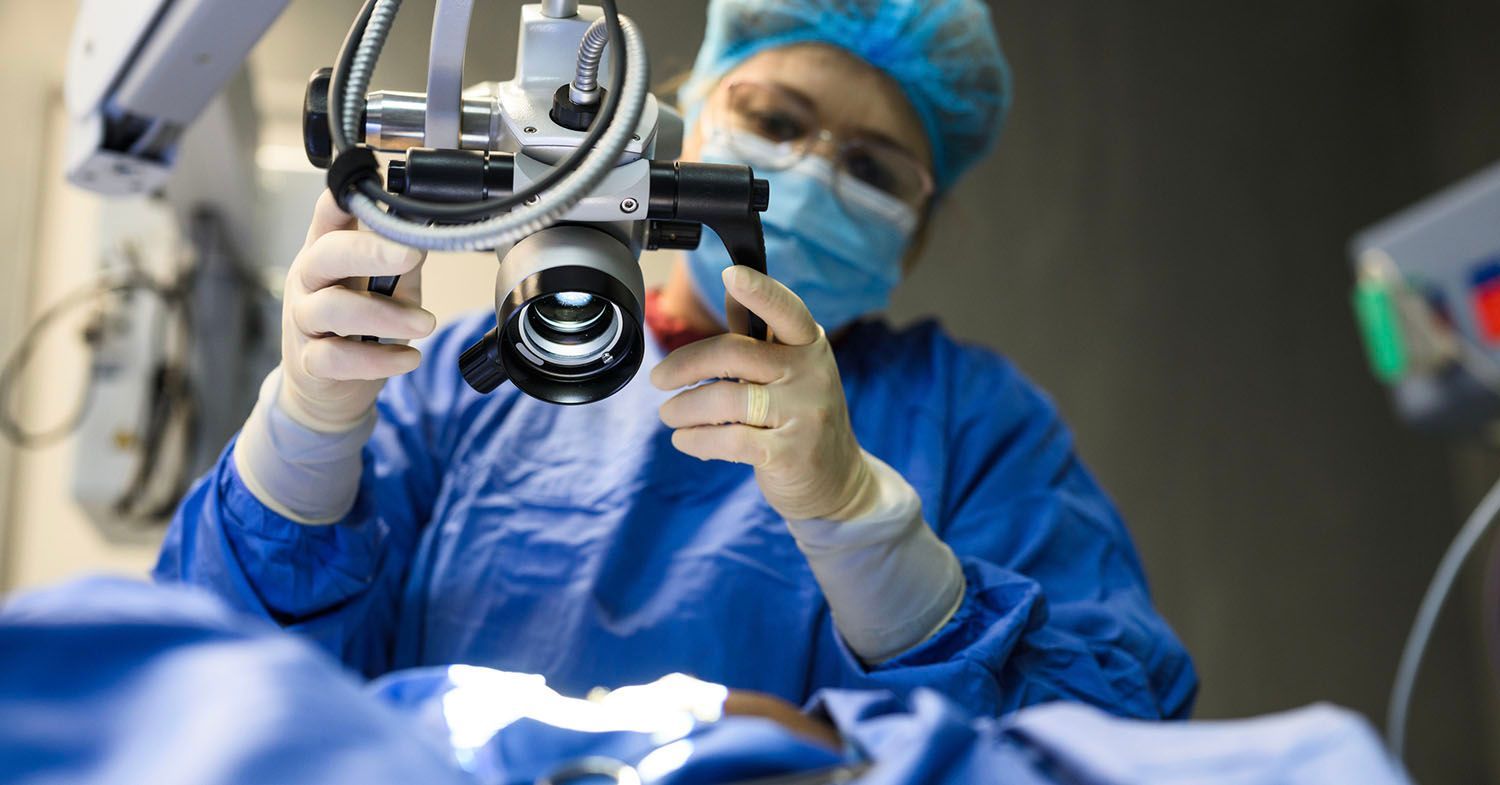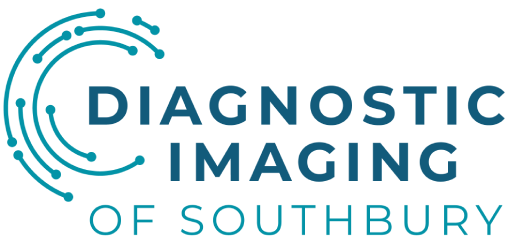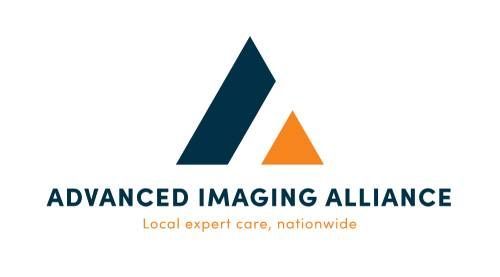The Future of Imaging: Emerging Technologies and What They Mean for Patients

Radiology has always moved fast. However, we are currently witnessing a surge in new tools and technologies that could transform not only how imaging is conducted, but also how patients experience it. From artificial intelligence (AI) to portable devices and immersive visualization tools, imaging is heading in a direction that’s faster, more precise, and more tailored to individual needs.
At Naugatuck Valley Radiological Associates (NVRA), we’re closely monitoring these developments and preparing for what comes next. Because when imaging improves, so does care.
The Evolution of Radiology
From X-Rays to AI: A Brief History of Imaging
Radiology began more than a century ago with the discovery of X-rays. Since then, it’s grown to include CT scans, MRIs, 3D mammography, ultrasound, and more — offering clearer, more detailed views inside the human body. Each advancement gave doctors more confidence in diagnosing conditions early and accurately.
Now, the next wave is coming. AI tools are helping analyze images, portable machines are bringing imaging closer to patients, and visualization tools are making complex cases more straightforward to understand.
Why Innovation in Radiology Matters for Patients
For patients, the progress isn't just happening behind the scenes. It shows up in shorter appointments, faster results, fewer retakes, and more informed conversations with their care teams. Imaging is moving closer to where patients are, both physically and personally — giving them access to services that once were only available at large hospitals.
Emerging Imaging Technologies
Let’s take a look at what’s gaining ground and what might soon be part of your imaging experience.
Advancements in Imaging Hardware and Software
Enhancements in Image Resolution and Precision
Modern scanners are improving in how clearly they capture structures inside the body. Higher-resolution imaging helps radiologists detect small changes earlier, especially in complex cases like cancer screening or neurological imaging.
Advanced 3D Imaging and Visualization Tools
3D imaging tools allow radiologists and surgeons to see anatomy in more detail and from different angles. That’s especially helpful in planning surgeries or assessing tumor growth. Some tools now include interactive platforms that enable doctors and patients to review scans together in a more understandable way.
The Role of AI in Radiology
AI and Machine Learning in Diagnostics
AI systems are being trained to identify patterns in images — spotting things like early-stage cancer, microfractures, or brain abnormalities. These tools can act as a second set of eyes for radiologists, helping flag findings faster or confirm subtle changes.
AI’s Role in Routine vs. Complex Tasks
While AI excels at pattern recognition and data crunching, it works best alongside skilled radiologists — not in place of them. Routine tasks, such as screening scans, can be expedited, allowing radiologists to focus on more complex cases that require in-depth analysis and context.
Innovations in Image Visualization
The Intersection of AI and Traditional Radiology
These tools aren’t meant to replace radiologists. Instead, they’re giving radiology teams more time to focus on patient care, reduce diagnostic delays, and make the entire process smoother for patients and providers.
What These Advancements Mean for Patients
Faster Results and Earlier Detection
Many of the technologies in development aim to shrink the time between scan and results. That can reduce anxiety, allow for quicker treatment decisions, and increase the chances of catching issues early when they’re most treatable.
Improved Accuracy in Diagnosis and Treatment Planning
By combining AI, 3D imaging, and enhanced resolution, doctors can diagnose with more precision. That also helps in planning treatments that are specific to a patient’s anatomy, condition, and overall health needs.
Challenges and Considerations
Ethical Use of AI in Medical Settings
As powerful as AI is, it needs to be used responsibly. Questions remain about who makes the final call, how to prevent bias in algorithms, and how to ensure that decisions made with AI assistance are safe and ethical.
Data Privacy, Security, and Regulatory Oversight
With more digital imaging and AI-powered diagnostics, there's more data to protect. Privacy, cybersecurity, and regulatory compliance will be major areas of focus to protect patient information.
Integration with Existing Imaging Systems
Many imaging centers, including NVRA, already use advanced systems. But integrating new technologies with current workflows and platforms takes time, training, and careful planning.
Keeping Patients Informed and Empowered
Ultimately, patients should be kept in the loop about how these technologies affect their care. Transparency is key — especially when AI is part of the diagnostic process. Patients deserve to understand how decisions are made and who’s involved.
What’s Next for Imaging at NVRA?
At Naugatuck Valley Radiological Associates, we’re grounded in a straightforward idea: better imaging leads to better care. While we already use some of the most advanced diagnostic tools available — including 3D mammography, high-field MRI, and digital CT scanning — we’re also staying informed on emerging technologies that could further improve your experience.
As technology continues to advance, we’ll continue to focus on your comfort, access, and peace of mind because the future of imaging should still feel personal.





